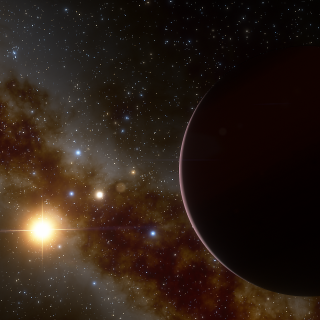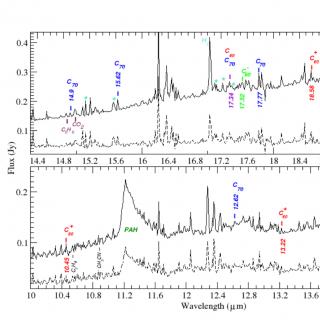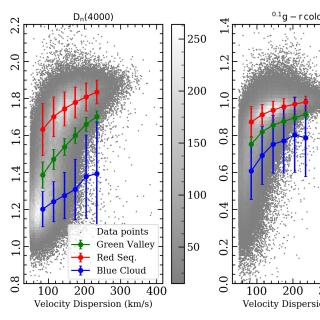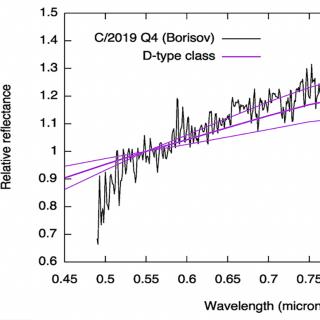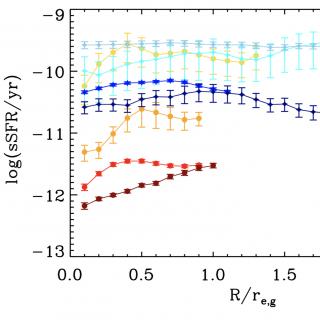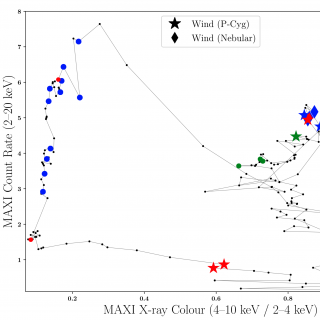
Accretion disc winds are observed in accreting black holes across the full range of masses. In stellar-mass black holes, X-ray winds have been recently established as a fundamental property of their most radiatively efficient phases, the so-called soft states, impacting on the entire accretion process. However, these hot and powerful winds are scarcely observed during the dimmer hard states, where most of the black holes of the Universe exist and kinetic feedback from jets dominates. The disappearance of the wind is a matter of strong debate and has been suggested to be related to different
Advertised on
